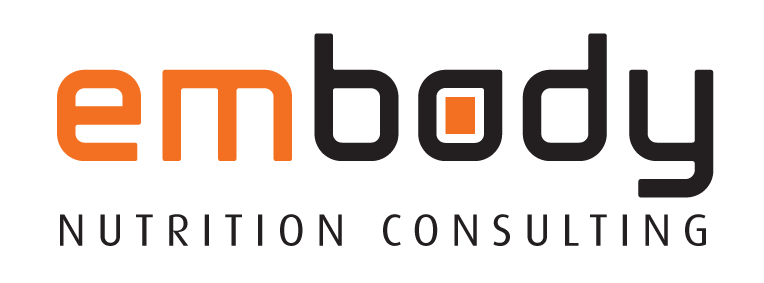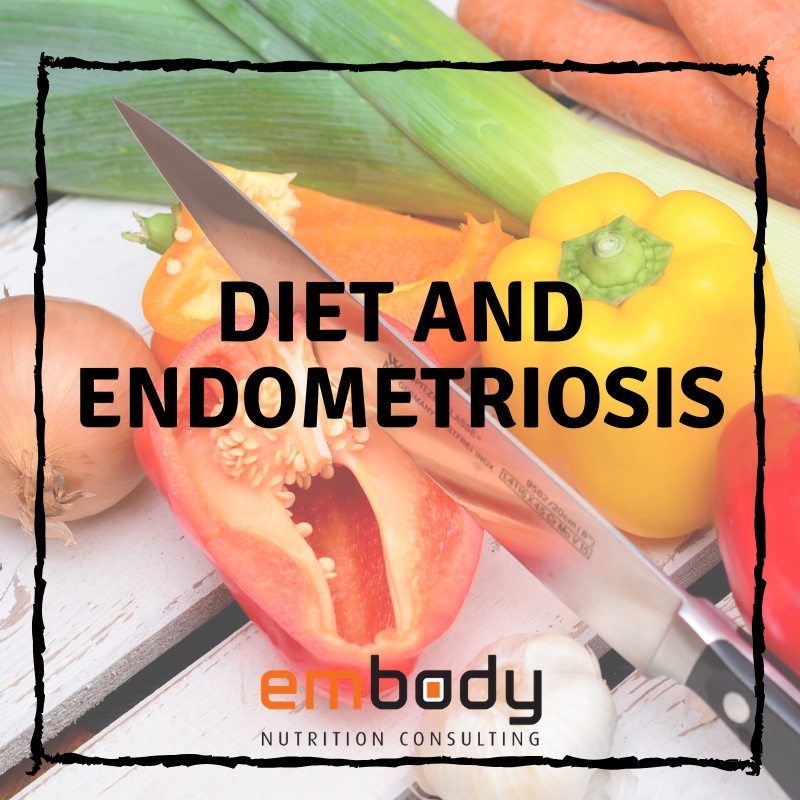More than 700,000 Aussie women and girls are living with endometriosis. A lack of research into, and understanding of the condition often leads to delays in diagnosis – with some women waiting up to 12 years for a diagnosis!
This is an awful amount of time to be suffering with an undiagnosed condition. Thus, we have put together the below article to promote awareness of the condition, and provide an insight into the dietary considerations for those who might be living with endometriosis.
What is endometriosis?
The normal female menstrual cycle results in a build-up of lining (endometrial tissue) in the uterus, which is then shed each month. In endometriosis there is a growth of endometrial-like tissue outside of the uterus (tissue has even been found in the lungs!). This tissue acts like normal endometrial tissue – building up, shedding and consequently causing inflammation and pain. It then heals, and over time may create scar tissue. This scar tissue can form on the lining inside the abdomen (your peritoneum), causing the uterus, ovaries, fallopian tubes and bowel to stick to each other (a phenomena known as adhesions).
Estrogen:
It is important to note that estrogen helps the growth of endometriosis while progesterone actually reduces risk – so generally estrogen is dominant and progesterone is resistant. This is why many interventions are aimed at bringing estrogen levels down.
Symptoms:
Symptoms include intense cramps and bleeding – and a whole host of other issues including back pain, gut issues, fatigue, headaches, infertility, nausea, painful intercourse and weight gain. There are 5 stages of severity – from minimal to severe (in which it infiltrating organs and ovaries). You can have endometriosis and be completely asymptomatic.
Diagnosis:
Diagnosis might be simply based on history and symptoms. However, gold standard diagnosis is a laparoscopy (key-hole surgery), with tissue samples taken.
What causes it?
Unfortunately, we don’t know. One cause seems to be a retrograde flow (back-flow) of menstrual blood back through the fallopian tubes and out past the ovaries in to the peritoneal cavity. Other potential contributors include – an immune failure, virus, longer estrogen exposure (women with early periods), heavy menstrual flow, genetics, and maybe – the Western diet.
Treatments:
Endometriosis has no cure – it might be temporarily improved via hormonal changes during pregnancy – but symptoms can come back. Not every treatment will work – and single treatments are not normally effective. Common options include the oral contraceptive pill or progesterone tablets (aiming to suppress estrogen) and surgeries, as well as pain relief and natural therapies.
Your diet and endometriosis:
The overwhelming message in the research thus far is that there needs to be more work done to clarify the role of the diet in endometriosis, but we are starting to see patterns.
The Mediterranean diet:
A Mediterranean-style diet has shown some benefit for symptom relief in endometriosis, with increased intake of antioxidant-rich vegetables, dairy products and omega-3 fatty acids in particular being associated with a benefit. Conversely – red meat, trans fats, processed meats, alcohol and possibly coffee may have a negative impact. Additionally, the Mediterranean diet has been shown to promote a healthy gut microbiome (the trillions of bugs that live your gut), which play a role in breaking down and excreting excess estrogen.
We re-iterate though – many of these effects have not been proven. Despite this, we know a Mediterranean diet has found benefit in many other areas for health, so there’s not much to lose when it comes to adopting this style of eating.
Foods that impact estrogen:
There are no foods you need to exclude entirely if you have endometriosis, but there are some theories around foods which may impact hormone levels. Compounds in certain foods called phyto-estrogens act similarly to estrogen in the body – they bind to the same receptors. Thus, it may be useful to avoid a large intake of high-phytoestrogen foods, which include:
- Soy products
- Nuts / seeds (primarily including flaxseed, almonds, pistachio and sunflower seeds)
- Legumes
- Grains
On the flip side, brassica-group vegetables (e.g. broccoli, cauli, kale, brussels, bok choy) contain compounds that may help to minimise excess estrogen. Additionally, reducing saturated fat intake may reduce estrogen levels.
Endometriosis and Irritable Bowel Syndrome
Gut symptoms are common in endometriosis, with sufferers 3.5x more likely to be diagnosed with IBS. There is an overlap of symptoms between the two (incl. altered bowel movements, gut sensitivity, pain and bloating) because the large bowel and uterus are in the same area. The low-FODMAP diet (a diagnostic tool for IBS sufferers) has been found to be effective in symptom improvement for a large majority of women with endometriosis and IBS. We emphasise though – this is not a cure, it simply might may help to identify issues and sensitivities associated with the gut, and should be done with the guidance of a dietitian.
Similarly, some research has shown that a gluten-free diet benefited symptom management for women experiencing significant painful symptoms. However, it is possible this is more of a FODMAP issue than a gluten issue. When you exclude gluten – you often exclude high-FODMAP foods too!

